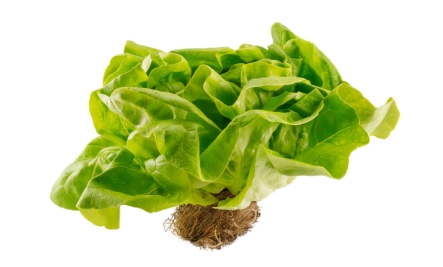Raw Lemon Raspberry Cheesecake - Vegan
Crust
1 cup nuts (walnuts, almonds, pecans, your favorite, one or all)
10 dates
1/2 t vanilla
pinch salt
Lemon Cheesecake Layer
1 cup cashews (a little creamer if soaked 8 hours or overnight)
zest of 2 medium size lemons
juice of 2 lemons (1/2 cup)
1/2 cup coconut cream (1/2 can coconut milk, chilled; cream will be on top)
1/4 cup honey
1 t vanilla
1/4 t salt
Topping:
2 cups frozen raspberries, thawed
2 T honey
2 T chia seeds
To Prepare:
Crust
Place the nuts, dates, vanilla and salt in a food processor and pulse until a fine crumb forms and holds its shape when squeezed into a ball. Press into an 8" x 8" pan and place in the fridge (or use an 8” spring form pan)*
Lemon Cheesecake Layer
Give the cashews a good rinse (after soaking) and place into a blender with lemon zest, juice, coconut cream (the cream that forms on top of a can of full-fat coconut milk when refrigerated), honey, vanilla and salt. Blend until smooth and creamy. Take some time at this step using a rubber spatula to scrape down the sides of the blender to make sure you end up with an ultra creamy consistency.
Pour batter onto the chilled crust using a spatula to smooth it out. Cover with saran wrap and place in the freezer while you prepare the topping.
Raspberry Topping
Allow raspberries to thaw in a bowl. Stir in honey and break the raspberries apart with a fork. Stir in two tablespoons of chia seeds and set aside, allowing to gel for at least 15 minutes.
When the lemon cheesecake layer is firm, carefully spread the raspberries on top. Cover and allow to chill in freezer (for a firmer cheesecake) or fridge (for an ultra creamy cheesecake).
OR grate dark chocolate on top of cake and drizzle with blended raspberry and honey.
*To make a thicker cheesecake, double the recipe or use a smaller pan.
*To make a thicker cheesecake, double the recipe or use a smaller pan.


























